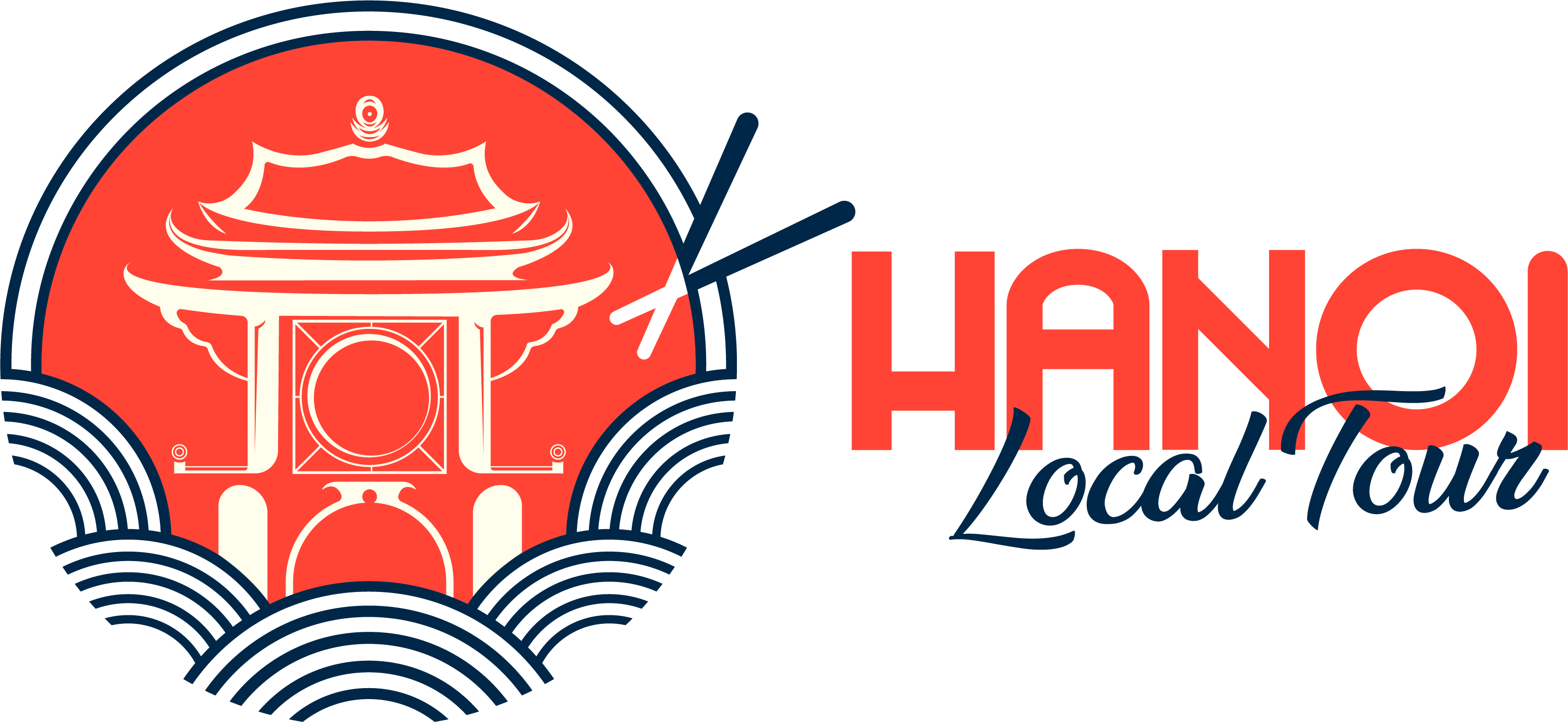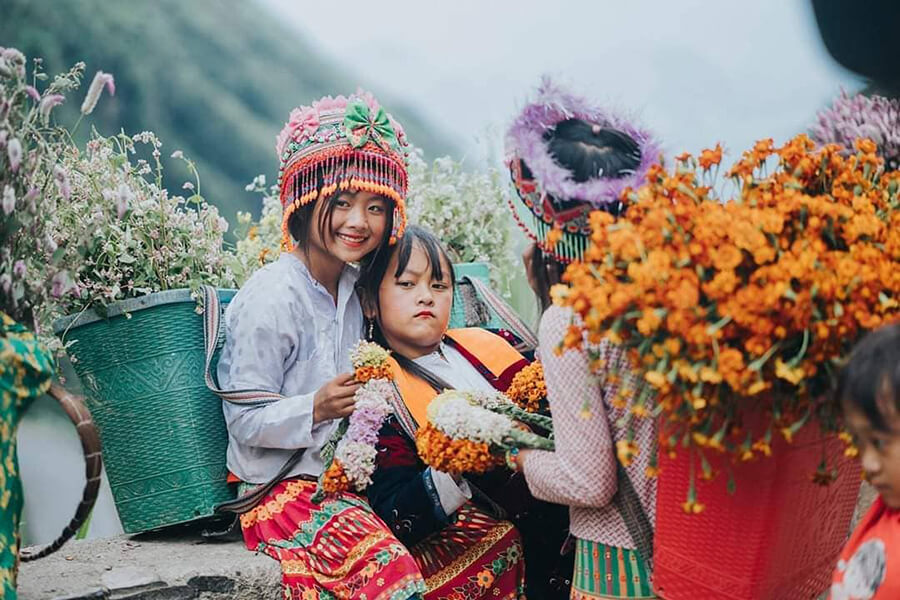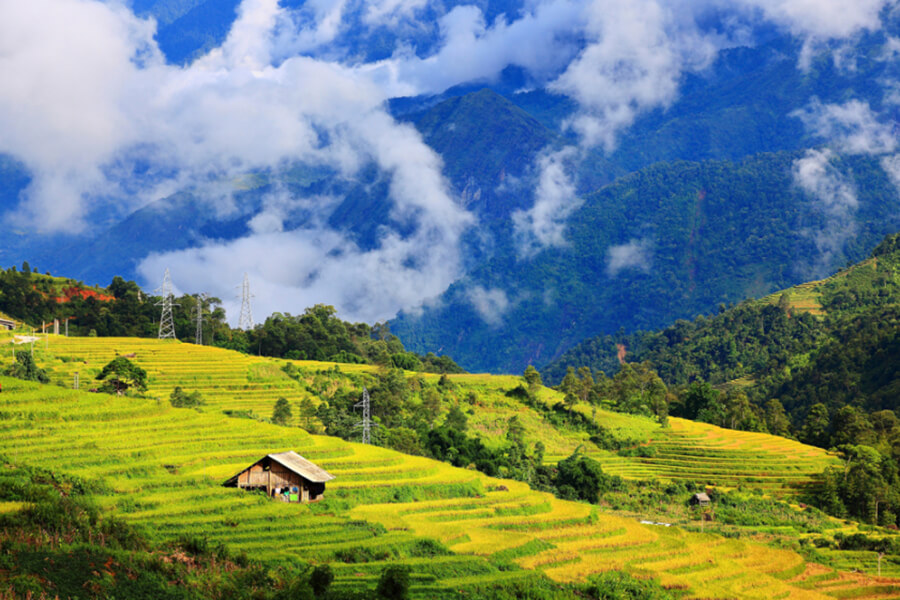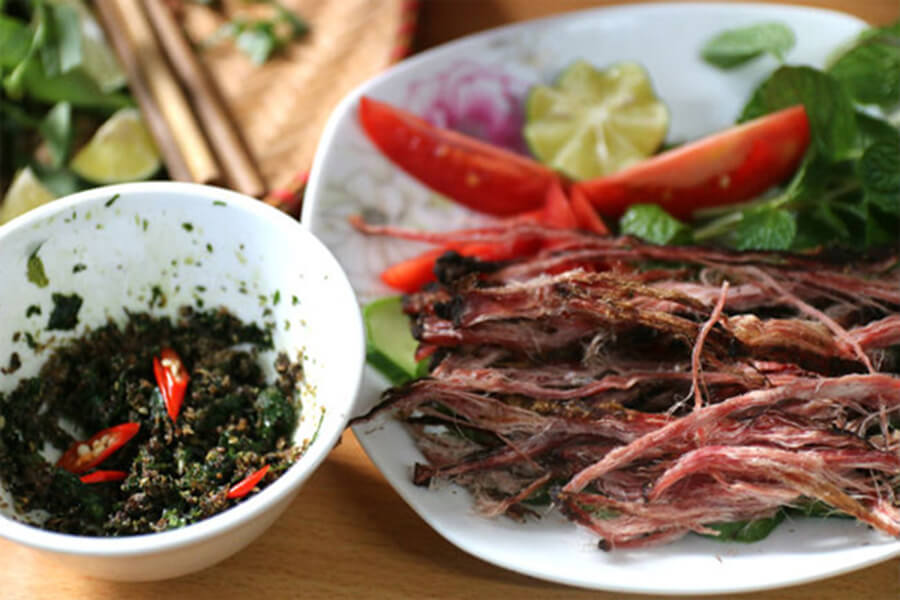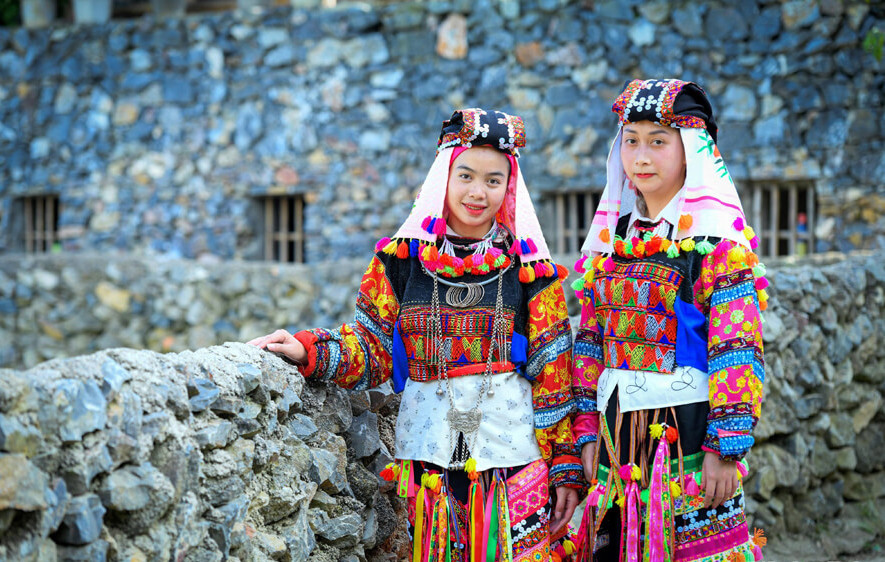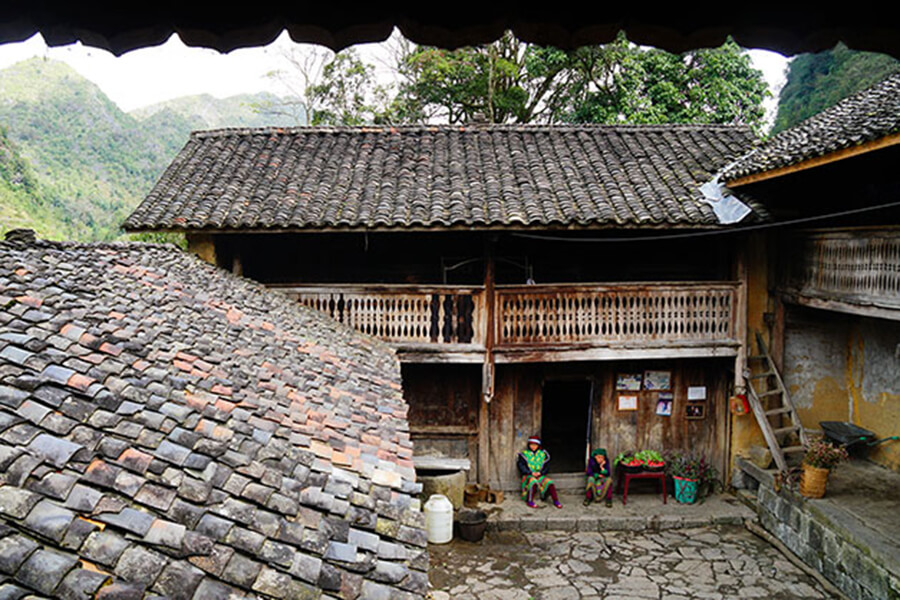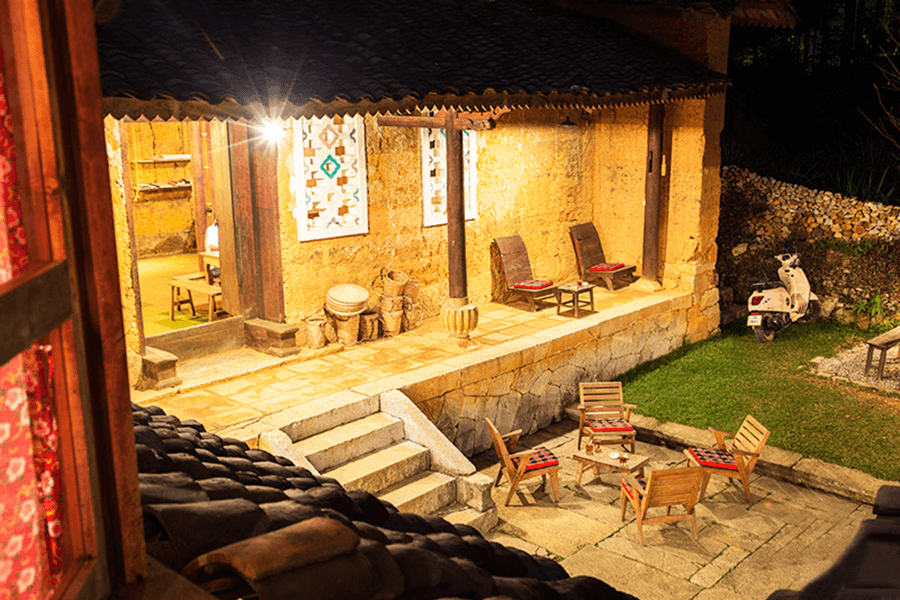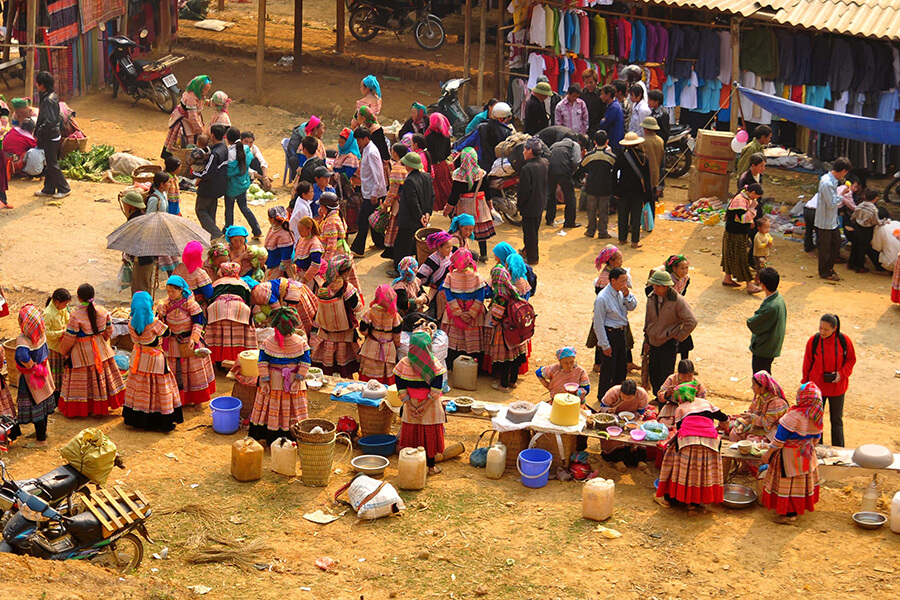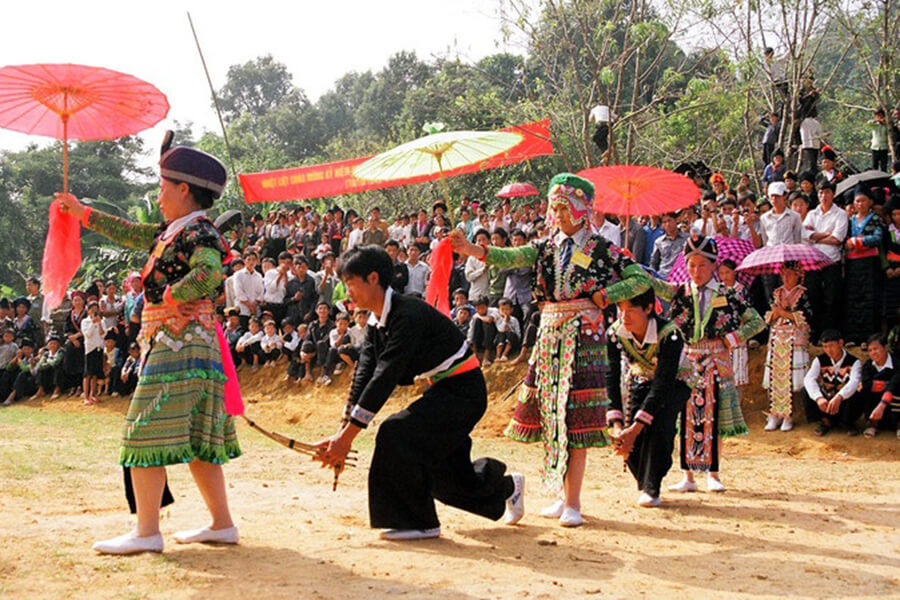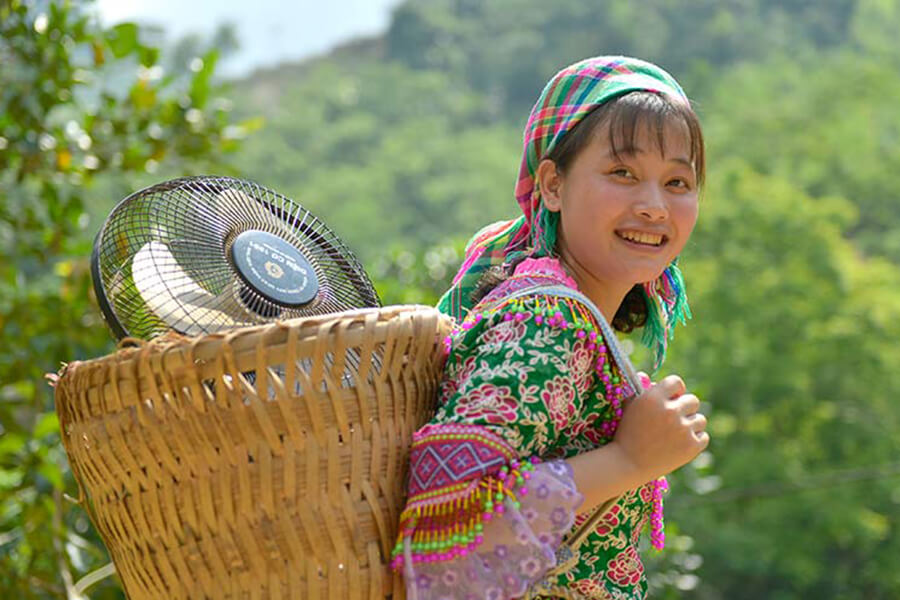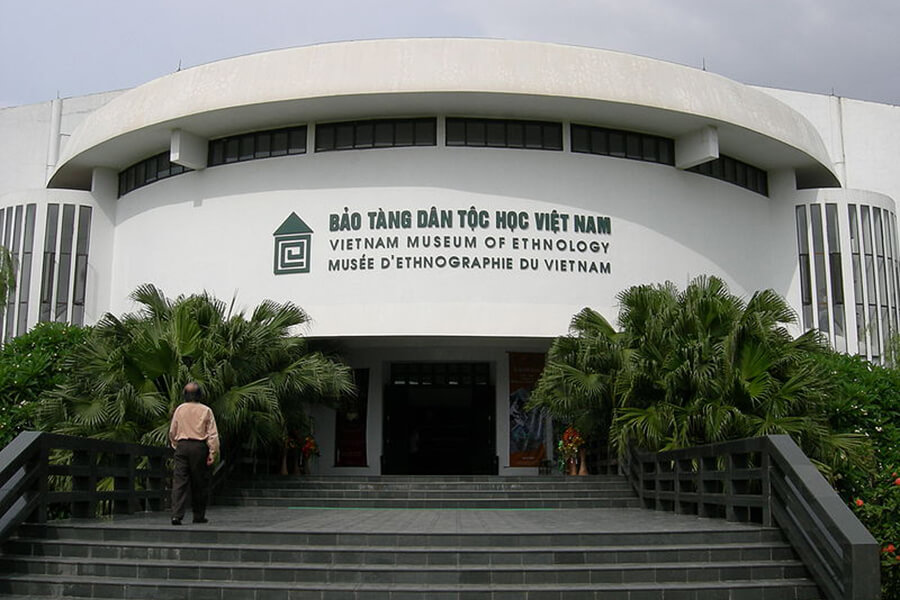No products in the cart.
Northern Vietnam Tours
Vietnam Ethnic groups – the unique beauty of the Northwest Vietnam
Nestled in the highlands of Northwest Vietnam is a region defined by its diverse ethnic cultures and magnificent natural landscapes. It is a must-visit for travelers, combines diverse ethnic cultures and stunning natural beauty. You can immerse yourself in local traditions, savor unique cuisine, and explore the Hoàng Liên Sơn mountain range, offering breathtaking hiking opportunities. This region offers a harmonious blend of culture and nature that makes it a special travel destination for all.
Where is Northwest?
Northwest Vietnam is a rugged and enchanting highland region located in the western part of Northern Vietnam. It stretches from the border with Yunnan Province in China to the northwest and runs parallel to the Red River valley to the southeast. This stunning landscape is dominated by the 180-kilometer-long Hoàng Liên Sơn mountain range, home to the highest peak in Vietnam, Fansipan.
The Northwest region shares its borders with Laos and China, and it encompasses six provinces: Lào Cai, Lai Châu, Yên Bái, Điện Biên, Sơn La, and Hòa Bình. With a total land area of approximately 5.645 million hectares, it accounts for 10.5% of the country’s total land area. Due to its hilly and mountainous terrain, the Northwest region has a relatively low population, with around 4.5 million people residing here.
This is a region rich in cultural diversity, home to numerous ethnic groups, each contributing to a captivating cultural tapestry that leaves travelers utterly captivated.
Some cultural beauties of ethnic groups in the Northwest
Culinary culture of ethnic groups in the Northwest
The most distinctive feature of the cultures of the ethnic groups in the Northwest must be their cuisine. Thanks to the amalgamation of 54 different ethnic groups, the cuisine of the Northwest region gathers many unique aspects.
The traditional dishes of these ethnic groups are consumed by their communities on a daily basis and during special occasions, festivals, and the arrival of spring. These dishes are typically prepared using distinctive methods, making them renowned specialties across the region.
When you visit the Northwest, you will have the opportunity to savor some unique dishes, with the most notable ones including:
- Buffalo meat cooked over an open flame
- Chẩm chéo (a unique wild vegetable)
- Bamboo-tube rice
- Potent local spirits…
Traditional costumes of ethnic groups in the Northwest
For the people of the ethnic groups in the Northwest, traditional attire is the embodiment of their distinct ethnic identity.
The attire of the Thai people typically includes blouses, skirts, belts, hats, scarves, and silver jewelry.
On the other hand, the Dao ethnic group’s attire features intricate patterns of pink, red, blue, and black, creating a striking look. A typical Dao girl’s outfit includes a blouse, wrap skirt, bib, and more. Additionally, the girls in this community often combine various elements to create a complete and unique traditional outfit. Each branch of the Dao people has its own distinctive style of traditional attire.
The Hmong people primarily wear skirts. However, the garments they design often reflect the characteristics of the hilly terrain. The Hmong girls’ skirts are usually embellished with ancient patterns, adding a unique touch to their attire…
Housing architecture of ethnic groups in the Northwest
The cultures of the ethnic groups in the Northwest are also deeply ingrained in the architectural design of their houses. Each ethnic group typically constructs their houses in a distinct architectural style, contributing to the unique character of the Northwest.
The Thai people often build elevated houses according to the “Hướn hạn phủ táy” principle. These stilt houses are ingeniously designed to harmonize living spaces with nature and people. Thai houses have an odd number of bays and two end bays resembling turtle shells.
The Dao people tend to create diverse structures that are half ground-level and half elevated. Their traditional houses are designed with three bays, assembled from various materials.
The Hmong people typically construct single-story, no-stilt houses. These homes consist of three bays made of sturdy wood. The main bay is used for ancestor worship, the outer bay for male activities, and the inner bay for cooking and domestic chores.
Regardless of the architectural style adopted, each construction distinctly reflects the cultural identity of the ethnic groups in the Northwest.
The best way to experience Vietnam Ethnic group
Stay in a Traditional Homestay
Discover the diverse ethnic communities of Vietnam by spending a night in a traditional homestay. These unique accommodations, often managed by local families or community members, offer an exceptional opportunity to engage with the local culture. Immerse yourself in their customs and traditions, savor authentic local cuisine, and gain firsthand insights into their daily lives. Explore the history, beliefs, artistry, and craftsmanship of the ethnic groups while enjoying the scenic beauty of remote homestays that often offer outdoor activities and opportunities to participate in local festivals and cultural events.
Explore the Ethnic Minority Markets
Delve into the heart of Vietnam’s ethnic groups by visiting their lively markets. These markets are more than mere trading places; they serve as hubs for social and cultural interactions. Observe the vibrant traditional attire and the unique handmade crafts and products that define each ethnic group. Sample local dishes and exotic produce while mingling with the welcoming locals to deepen your understanding of their customs and traditions. Many of these markets also feature traditional performances like music and dance, creating an immersive experience rich in cultural insights.
Attend Ethnic Festivals or Ceremonies
Participate in a one-of-a-kind and unforgettable experience by attending traditional festivals and ceremonies of Vietnam’s ethnic groups. These celebrations are deeply rooted in the cultures and beliefs of these communities, showcasing their enduring traditions and customs. Immerse yourself in the colorful performances, music, dance, and elaborate costumes that breathe life into these age-old rituals. Whether it’s the Mid-Autumn Festival, Tet Festival, or the Hung Kings Festival, these events offer a glimpse into the rich tapestry of Vietnam’s ethnic cultures, often accompanied by traditional foods and handicrafts to complete the experience.
Trekking Through Hidden Landscapes with Ethnic Minority Guides
Embark on a cultural adventure alongside knowledgeable ethnic minority guides who can unlock the secrets of Vietnam’s diverse communities. These guides, often members of the ethnic groups themselves, share their unique knowledge of local customs, beliefs, and practices. Follow them through stunning landscapes and remote villages that are otherwise challenging to access. Discover traditional farming methods, medicinal plants, and the local wildlife, all while engaging with other community members for an authentic cultural exchange. Choose from trekking tours of varying lengths and difficulty levels, ensuring an enriching experience for all fitness levels.
Explore Vietnam’s Ethnic Heritage at the Vietnam Museum of Ethnology
In Hanoi, the Vietnam Museum of Ethnology offers a captivating glimpse into the cultural legacy of Vietnam’s 54 ethnic groups. The museum’s exhibits showcase traditional clothing, tools, household items, musical instruments, and religious artifacts, providing a window into the daily lives, customs, and beliefs of these diverse ethnic communities. Beyond the displays, the museum features outdoor recreations of traditional houses, a library, and an array of educational programs and events for a comprehensive exploration of Vietnam’s rich ethnic heritage.
